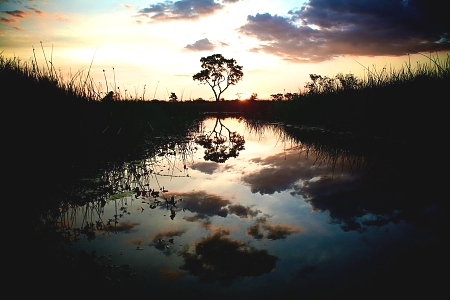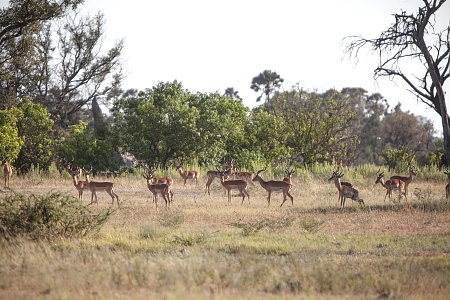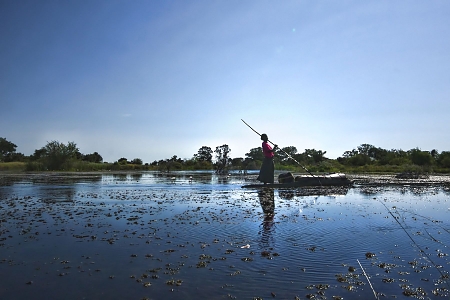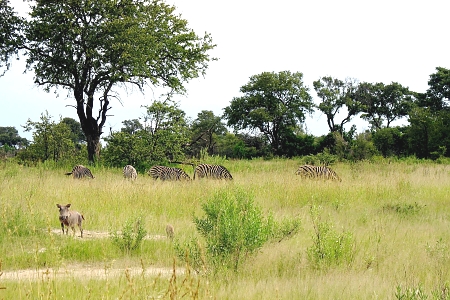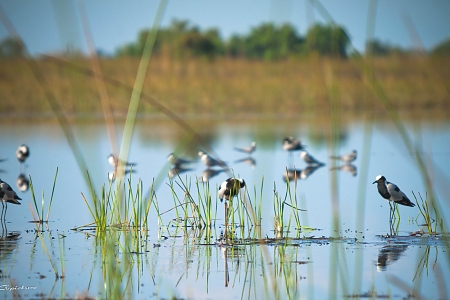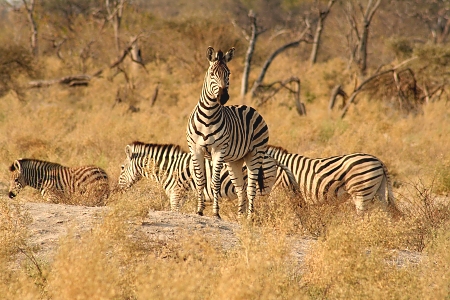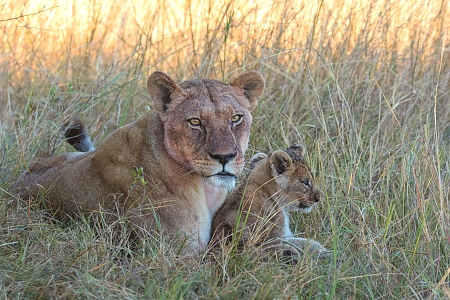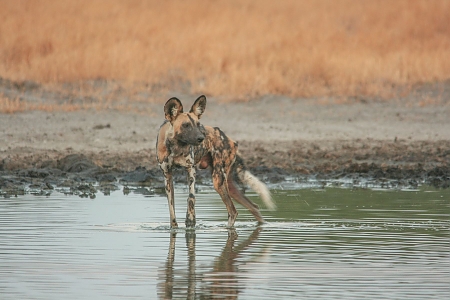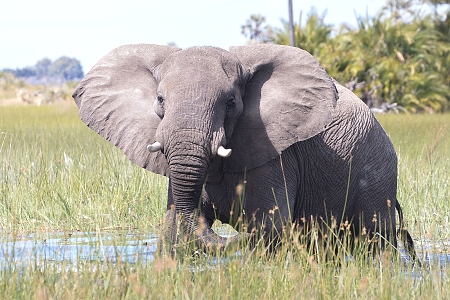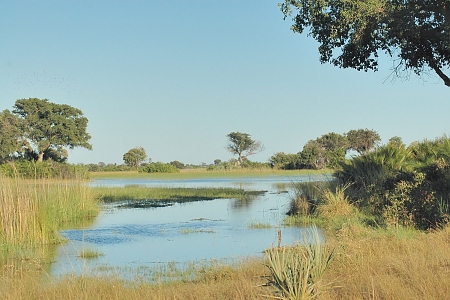The majestic Okavango Delta is the heartbeat of Botswana and the world’s largest delta. The delta is home to a diverse ecosystem that has been created as the Okavango River flows into the Kalahari Desert and is a World Heritage Site. Thousands of travellers flock to Botswana each year to bear witness to the abundant biodiversity found in the Okavango Delta.
Here, you will also be able to see some of the world’s most endangered species of birds and mammals. The Okavango Delta is a 15 000 sq. kilometre (approximately), pulsing wetland that is unlike any other on the planet. The Okavango (Kavango) River, which flows from the Angolan highlands through Namibia’s Caprivi Strip and into the Kalahari Desert, created the iconic Okavango delta.
The geology of the area, a part of the African Rift Valley System, has resulted in the ‘capture’ of the Okavango River that has formed the Delta and its extensive waterways, swamps, flooded grasslands and floodplains. The Okavango River, at 1,500kms, is the third largest in southern Africa. The Delta’s dynamic geomorphological history has a major effect on the hydrology, determining water flow direction, inundation and dehydration of large areas within the Delta system.
The site is an outstanding example of the interplay between climatic, geomorphological, hydrological, and biological processes that drive and shape the system and of the manner in which the Okavango Delta’s plants and animals have adapted their lifecycles to the annual cycle of rains and flooding. Subsurface precipitation of calcite and amorphous silica is an important process in creating islands and habitat gradients that support diverse terrestrial and aquatic biota within a wide range of ecological niches.


